Rising Incidence of Chronic Diseases
The increasing prevalence of chronic diseases such as diabetes, cardiovascular disorders, and respiratory illnesses is a primary driver of the Critical Care Diagnostic Market. As these conditions often require intensive monitoring and management, the demand for advanced diagnostic tools is surging. According to recent data, chronic diseases account for approximately 70% of all deaths worldwide, necessitating effective diagnostic solutions. This trend compels healthcare providers to invest in innovative diagnostic technologies that can enhance patient outcomes. Consequently, the Critical Care Diagnostic Market is likely to experience substantial growth as healthcare systems adapt to the rising burden of chronic diseases, emphasizing the need for timely and accurate diagnostics.
Growing Focus on Preventive Healthcare
There is a notable shift towards preventive healthcare, which is significantly impacting the Critical Care Diagnostic Market. Healthcare systems are increasingly prioritizing early detection and intervention to reduce the burden of diseases. This trend is reflected in the rising investments in diagnostic technologies that facilitate routine screenings and monitoring. For instance, the market for preventive diagnostics is expected to grow at a CAGR of 8% over the next five years. As healthcare providers recognize the value of preventive measures in improving patient outcomes and reducing costs, the Critical Care Diagnostic Market is likely to benefit from this growing emphasis on prevention.
Technological Innovations in Diagnostic Tools
Technological advancements are revolutionizing the Critical Care Diagnostic Market, leading to the development of more efficient and accurate diagnostic tools. Innovations such as point-of-care testing, telemedicine, and portable diagnostic devices are becoming increasingly prevalent. These technologies not only improve the speed of diagnosis but also enhance accessibility, particularly in remote or underserved areas. The market for point-of-care testing alone is projected to reach USD 50 billion by 2026, reflecting the growing reliance on rapid diagnostic solutions. As healthcare providers seek to improve patient care and operational efficiency, the Critical Care Diagnostic Market is poised for significant expansion driven by these technological innovations.
Increased Healthcare Expenditure and Investment
Rising healthcare expenditure is a driving force behind the growth of the Critical Care Diagnostic Market. Governments and private sectors are allocating more resources to enhance healthcare infrastructure and improve diagnostic capabilities. According to recent reports, global healthcare spending is projected to reach USD 10 trillion by 2025, with a significant portion directed towards diagnostic services. This increase in investment is likely to foster innovation and the development of advanced diagnostic tools, thereby expanding the Critical Care Diagnostic Market. As healthcare systems strive to provide high-quality care, the demand for effective diagnostic solutions will continue to rise.
Aging Population and Increased Healthcare Demand
The aging population is a critical factor influencing the Critical Care Diagnostic Market. As individuals age, they are more susceptible to various health issues that require intensive care and monitoring. The World Health Organization estimates that the number of people aged 60 years and older will reach 2 billion by 2050, leading to a heightened demand for critical care services. This demographic shift necessitates advanced diagnostic tools to manage complex health conditions effectively. Consequently, healthcare providers are increasingly investing in the Critical Care Diagnostic Market to cater to the needs of an aging population, thereby driving market growth.


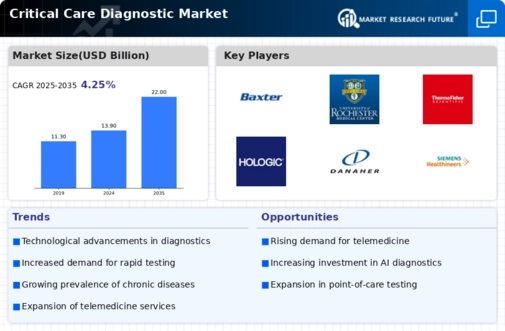
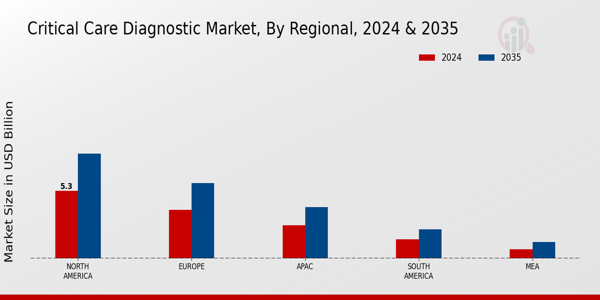

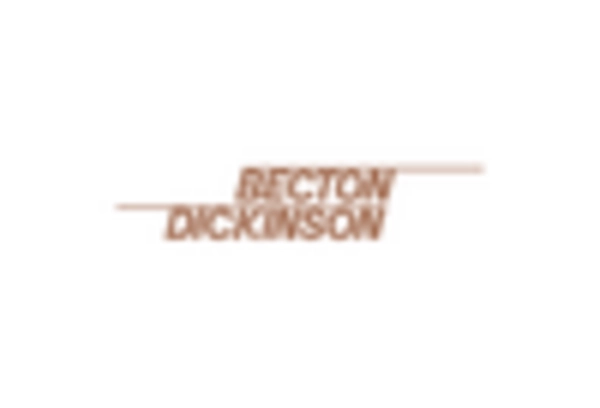
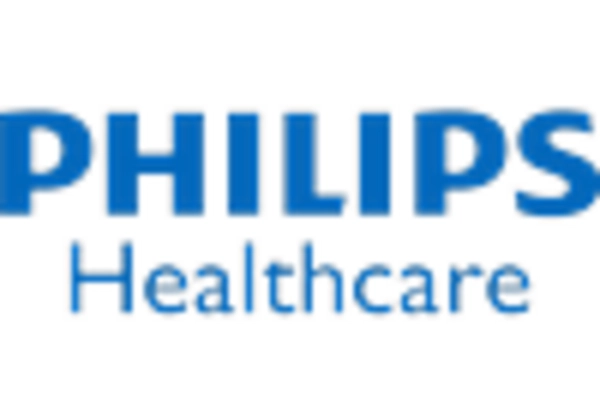
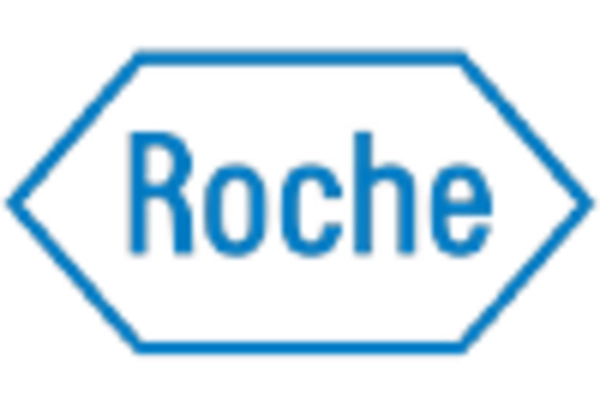
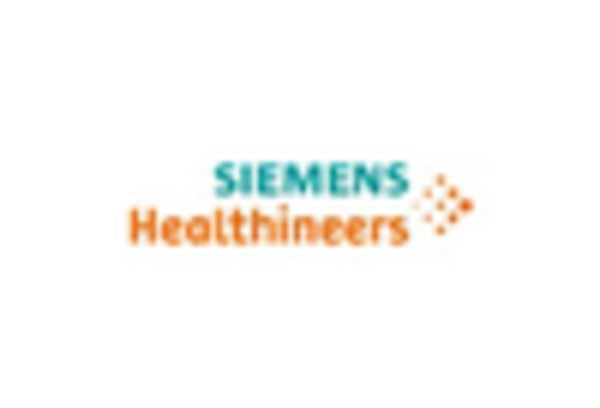
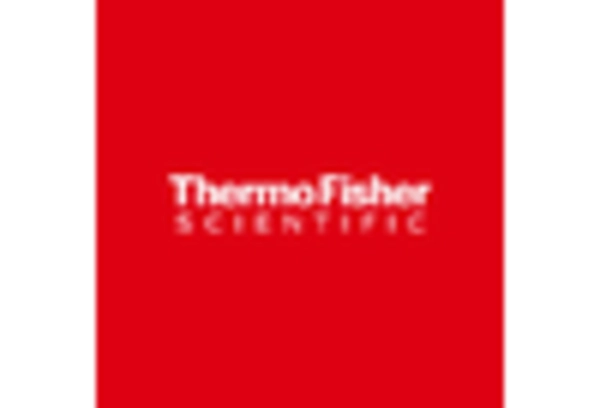








Leave a Comment